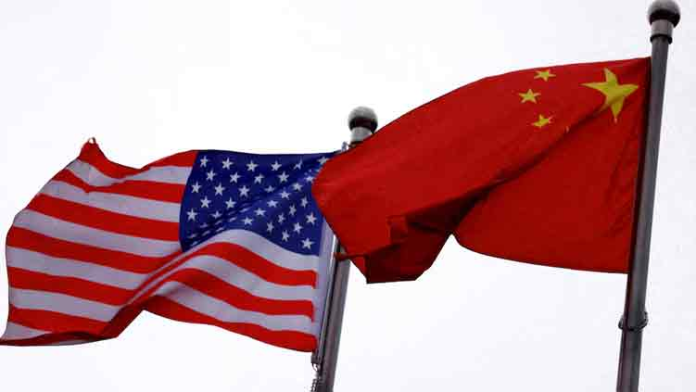After years of economic brinkmanship, the resolution of the long-standing tariff dispute between the United States and China marks a significant turning point in global trade dynamics. The tit-for-tat tariff war, which began in earnest during the Trump administration and continued with varying intensity through the Biden era, had disrupted global supply chains, strained diplomatic relations, and injected uncertainty into the world economy. Now, with both sides agreeing to roll back several key tariffs and engage in renewed economic dialogue, the global market is likely to breathe a sigh of relief.
This agreement does not just represent the cessation of a commercial spat—it symbolizes the recognition by both powers that interdependence and cooperation are far more sustainable than economic isolationism. Over the past few years, the tariff row saw hundreds of billions of dollars’ worth of goods subjected to punitive duties, hurting businesses and consumers alike on both sides. American farmers, manufacturers, and tech companies suffered losses, while Chinese exporters faced declining demand and slowed growth. In the end, the “winner” of the tariff war was no one—only global economic fragmentation.
The decision to de-escalate, therefore, is not only rational but also inevitable. The timing of this resolution is also critical. The global economy is still grappling with the aftershocks of the COVID-19 pandemic, the war in Ukraine, and rising inflation. For Washington, a stable trade relationship with China offers relief from domestic economic pressures. For Beijing, which is contending with slower growth and internal structural issues, normalized trade ties with the world’s largest economy offer a much-needed economic boost.
From a geopolitical standpoint, this resolution may also help to lower the rising tensions in the Asia-Pacific region. Although the rivalry between the U.S. and China remains deep-rooted—spanning issues such as Taiwan, technology, and military posturing—the easing of economic tensions could open new avenues for dialogue. Economic cooperation can act as a buffer, preventing the relationship from spiraling into open confrontation.
However, it is important not to be overly optimistic. The structural issues that led to the tariff war—concerns over intellectual property theft, market access, forced technology transfers, and state subsidies—have not disappeared. These will require deeper, more nuanced negotiations in the years ahead. But at least for now, both sides have recognized the futility of an aggressive tariff regime and the need to return to the negotiating table.
The resolution of the U.S.-China tariff row also sends a strong signal to the rest of the world: major powers can settle their differences through dialogue, not economic warfare. For smaller economies and global institutions, this breakthrough offers hope that a more stable and predictable international trade environment is possible.
In conclusion, the end of the tariff war is a step in the right direction. While challenges remain, this breakthrough underscores the importance of diplomacy and economic interdependence in a rapidly changing world. It is now up to both Washington and Beijing to build on this momentum and work toward a more balanced and mutually beneficial economic relationship—because the world is watching, and much is at stake.

















